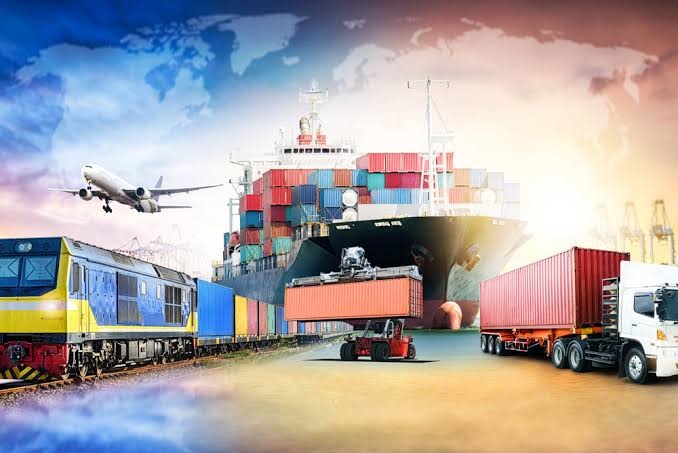Top 4 Features to Look for in A Transport Management System
Transportation is an essential component in the logistics and supply chain. It helps to seamlessly supply products from the point of origin to the final destination. Developing the right strategy for transportation management is an essential requirement for supply chain companies. It helps to meet end-user needs and increase productivity and ROI efficiently. Transportation fulfills various roles in supply chain management. Any delay or disruption in these processes can significantly impact the interconnected supply chain operations and affect the larger economy. How a particular company handles the various transportation activities will determine its position and competitiveness in the global market. It will help the supply chain move with minimal delays, actively mitigate risks, ensure compliance, and satisfy customer requirements.
Transport management software (TMS) is a valuable asset to facilitate the daily monitoring of transportation operations. It helps fulfill various activities, such as route planning, supplier connections, fuel costing, fleet management, cargo handling, and customer communications. A TMS makes it easier for supply chain companies to conduct commerce. It streamlines and supports export and import activities and also helps manage the auxiliary tasks. It adds value to the logistics operations and is highly effective in controlling and lowering transportation costs. Companies are increasingly embracing TMS to make transportation more reliable and cost-efficient.
You can contact transport management software company and review their offerings to determine which solution is best for your needs. Transportation operations vary across industries. Hence, you should not adopt a one-size-fits-all approach. Instead, carefully consider your requirements to identify how a TMS will help you fulfill your business objectives. What are specific service rendering and features you require in the software solution to achieve your business tasks? Typically, a TMS should include the following essential features.
Powerful Optimization Engine
A TMS is equipped with various optimization engines for streamlining transportation activities. Load optimization, route optimization, strategic freight management, and carrier selection features are few valuable engines to make the most out of a supply chain transportation process.
Real-Time Tracking
Ensure that the potential TMS solution has track-and-trace capabilities. It will give you a comprehensive view of the entire network and help you manage the process better. Check the software’s accuracy rate of monitoring and tracking by leveraging real-time data to provide product visibility from carriers and fleet.
Integration With Leading ERP, Or WMS System
The TMS should integrate with other systems on your business platform. You should incorporate TMS information with other data sources, like ERP or WMS, to overcome information silos and enhance real-time visibility into products. A single portal that provides a unified view into various processes will enable the stakeholders to access required data easily and track the supply chain’s visibility. Such a single reference point will provide you with an all-inclusive view and help you plan and coordinate better.
Carrier Contracts Management
Contracts are at the core of a TMS. The TMS must be capable of leveraging the preferential and negotiated terms that your business establishes by consolidating the contracts in an e-database.
To Conclude:
TMS act as the enabler of seamless supply chain management. A TMS platform must be equipped with these essential features to augment the transport management processes’ efficiency, security, and profitability.
